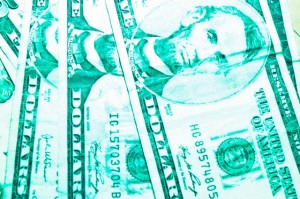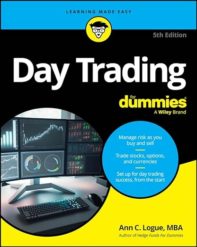 It’s time to pull out the receipts, get them organized, and do the darn taxes. A fitting end to a miserable winter? Maybe so. In 2013, the IRS paid $322.7 billion in individual income tax refunds to 120.7 million taxpayers, for an average refund of about $2689. That’s a lot of money.
It’s time to pull out the receipts, get them organized, and do the darn taxes. A fitting end to a miserable winter? Maybe so. In 2013, the IRS paid $322.7 billion in individual income tax refunds to 120.7 million taxpayers, for an average refund of about $2689. That’s a lot of money.
You want to be smart with any windfalls, including an income tax refund. Behavioral economists have a term called “mental accounting,” which means that we tend to treat money from different sources differently. The extreme example would be saving up for a vacation while also having high-interest credit card debt from the last vacation, even though you’d be better served paying off the credit cards.
And yet, most of us have a hard time with the idea of simply blending any new money into existing accounts, even if that’s the rational route. We’re trying to manage risk in a wildly unpredictable world.
With that in mind, use mental accounting to your benefit, not your detriment. When you receive your income tax refund, it’s okay to allow yourself a little treat. It may not be completely logical to run out and buy new shoes or take the family out to dinner when you also have debts, but sometimes, it’s nice to do. Don’t blow all of it, though. Think about having fun with 10 percent of the refund, then using the rest to improve your financial situation.
The main priority for your refund is paying down high-interest consumer debt, says Jordan Niefeld, a CPA with Gerstle, Rosen & Goldenberg in Miami, Florida. “The windfall that comes from these tax refunds can be used for your benefit,” he says.
After the consumer debt is paid off, Niefeld recommends that clients use their refunds to contribute to retirement accounts. “If someone is getting a $5,000 tax refund, use that to supplement your income and then increase your 401(k) contributions,” he says. After all, you can’t transfer an income-tax refund into a company retirement account, but a $5000 refund would mean about $400 a month that can go into your employer’s plan. If you are not covered by an employer plan, use the money to contribute to an IRA.
Most economists would say that you should not be getting a large refund; if you do, you should adjust your withholding to reduce the amount of tax taken from each paycheck. Otherwise, you are giving the government an interest-free loan.
In the real world, people like refunds. “I generally recommend that clients get a refund rather than a tax bill later,” Niefeld says. “You don’t feel the hit in each paycheck as much.” Again, think through the mental accounting issue. If you are using your credit cards to stretch your money from paycheck to paycheck so that you can have a $5,000 tax refund, the big-refund strategy isn’t helping your overall financial plan. If your paycheck is adequate and you have trouble saving money otherwise, then the large refund may work in your favor.
So what are you going to do with it?


